People are now gathering nightly to watch thousands of seagulls that have converged on the Allegheny River, not far from Heinz Field.
While seagulls are normally around here, Bob Mulvihill from the National Aviary in Pittsburgh says what's going on right now is very rare.
There's an estimated flock of as many as 8,000 gulls that congregate each evening on the Allegheny River and what's most abnormal is how far some of them have traveled.
"It's very uncommon to have the conditions that lead to this kind of concentration," said Mulvihill. "These birds will stay on the Great Lakes until they freeze over, and then, they hesitatingly go south looking for some open water."
But he and the other birdwatchers that have started gathering in the evenings to examine the rare sight, say a few of the gulls are from very far away - some from the arctic. The same areas as polar bears.
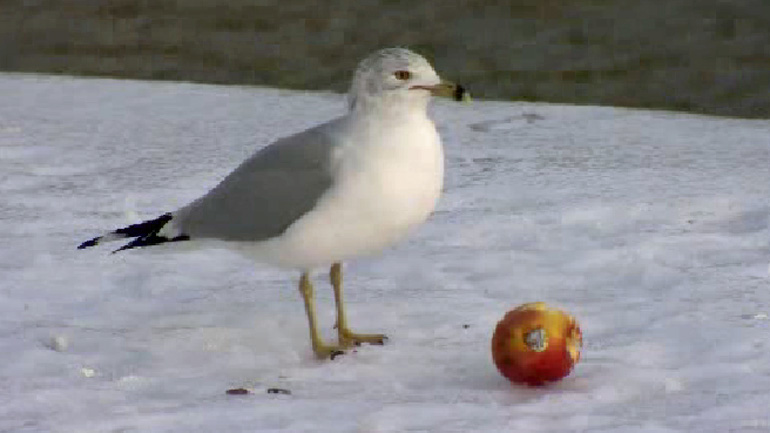
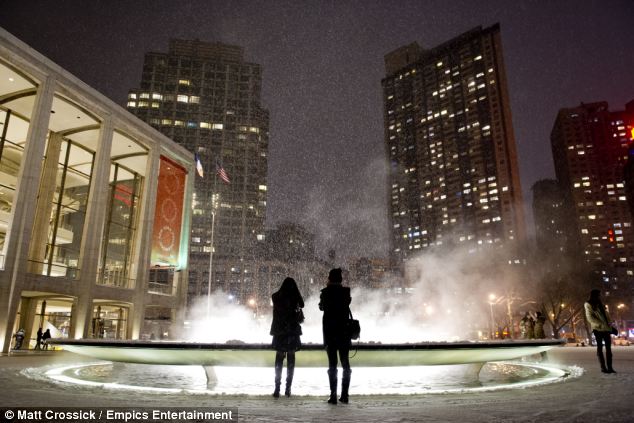

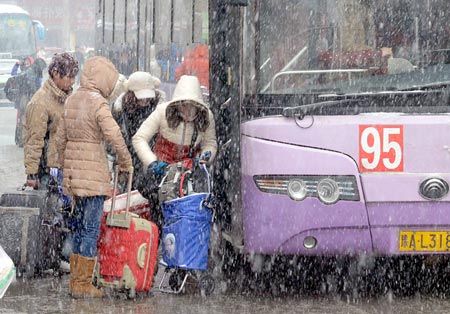
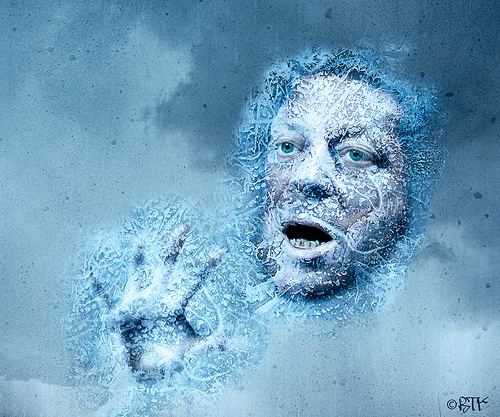
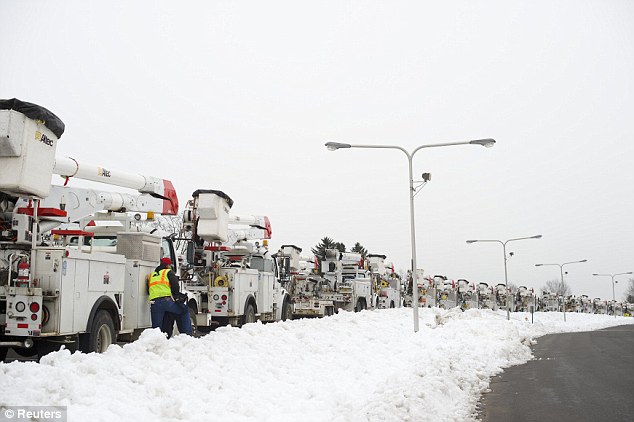
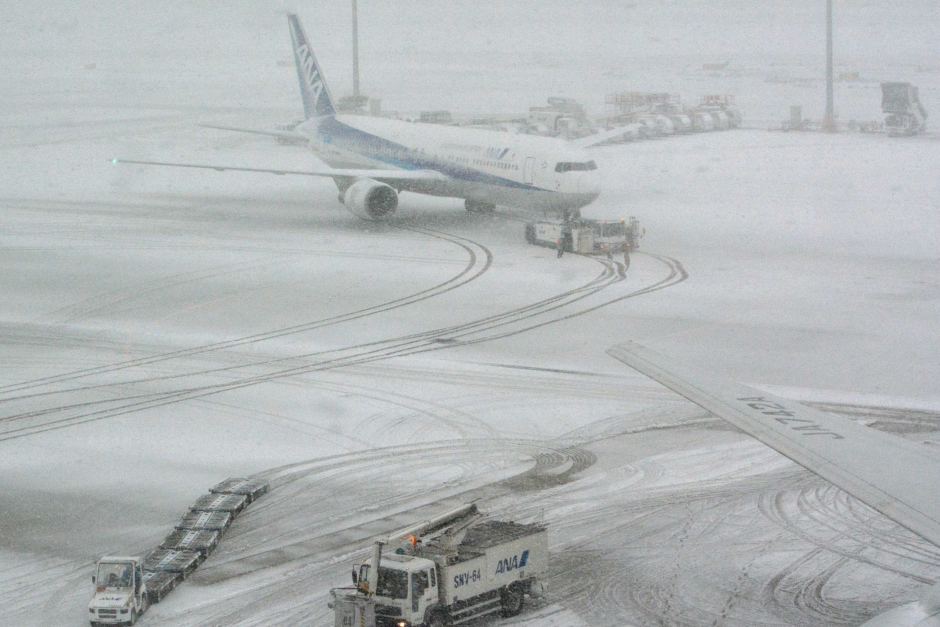
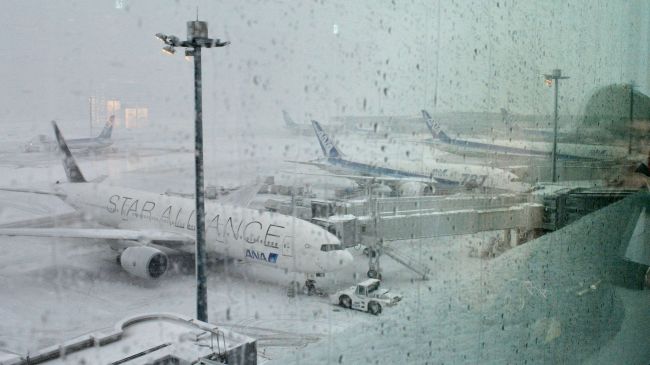
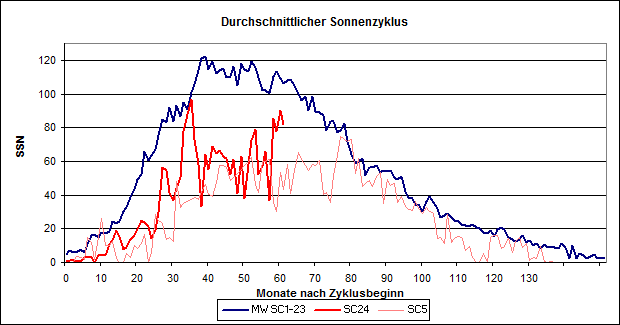
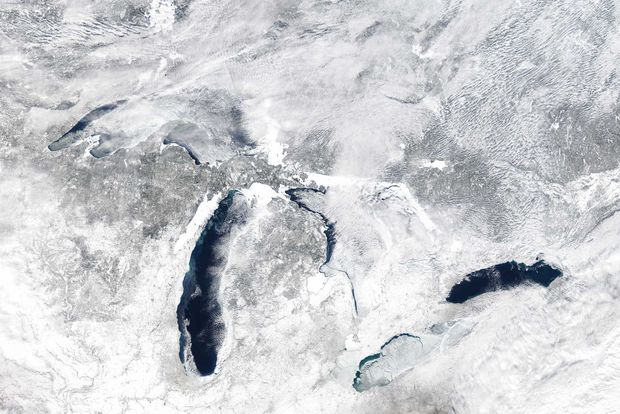



Comment: For the last couple of months, across the northern hemisphere, extremely cold weather conditions have been driving many wintering Arctic and boreal bird species much further south than is usual. These include Snowy Owls recorded in Hawaii and Bermuda!! Additionally, many are turning up in unprecedented numbers. This all points to a probable return of the Ice Age. See also this selection: Rare Arctic bird turns up in Darwin, Australia
UK storms bring in rare Arctic gulls to Pembrokeshire
Storm blows Canadian bird 3,000 miles on to Tyrone lough, Northern Ireland
Bird watchers flock to Portland, UK after a rare Arctic Brunnich's Guillemot spotted
Ice Age Cometh: Snowy Owl invasion coming in North America?
Maine experiencing a Canadian owl invasion
Incredible Hawk Owl invasion in Estonia!
Huge Snowy Owl invasion becomes official in Canada and U.S.
Thousands of Hawk Owls descend on Finland as food in northern Russia runs out
Ice Age Cometh: Unprecedented influx of Arctic Ivory Gulls into UK